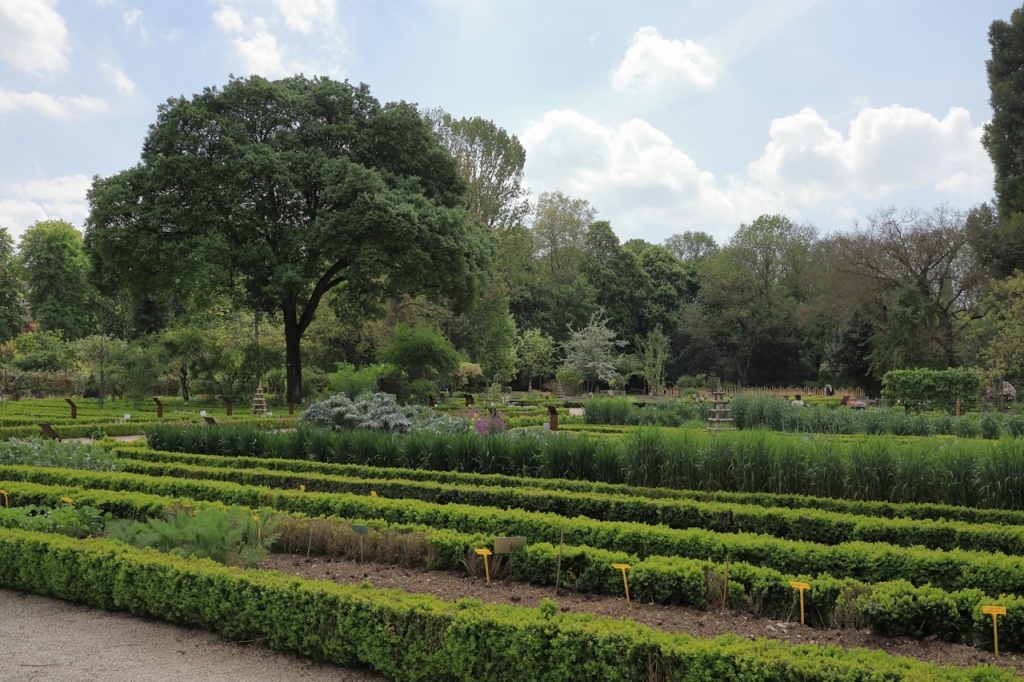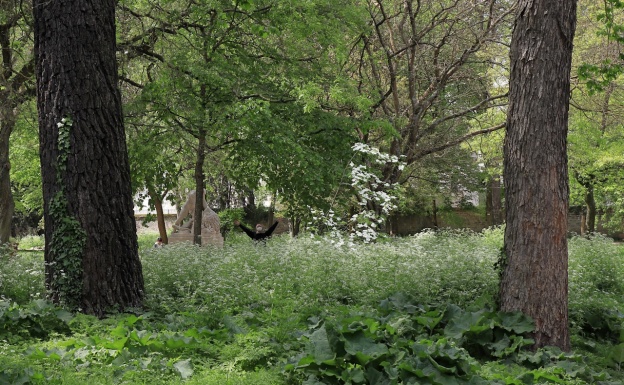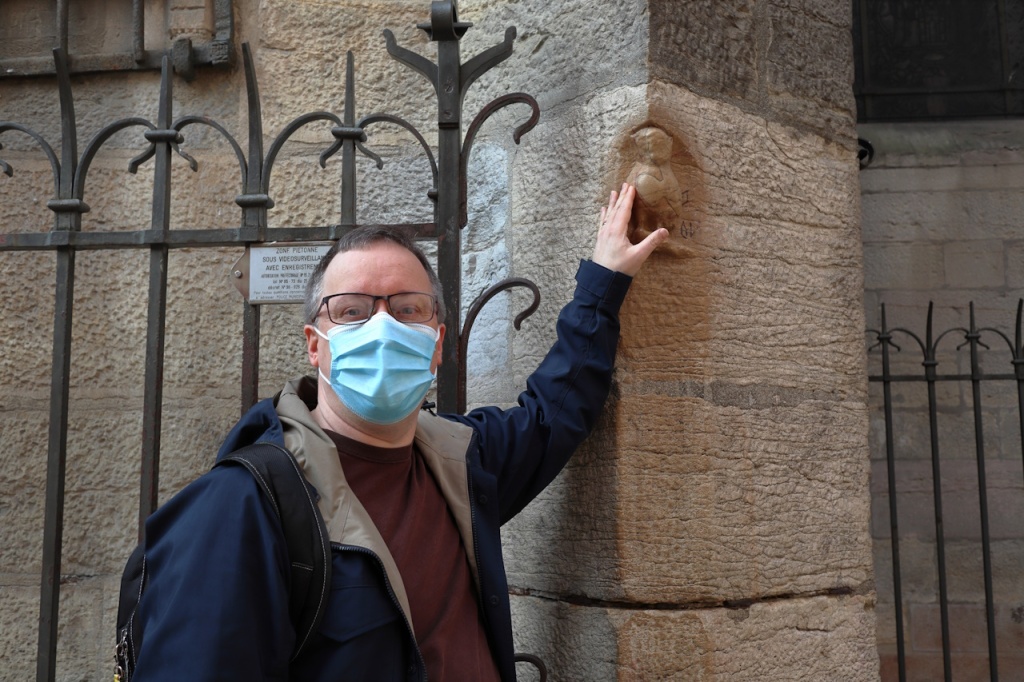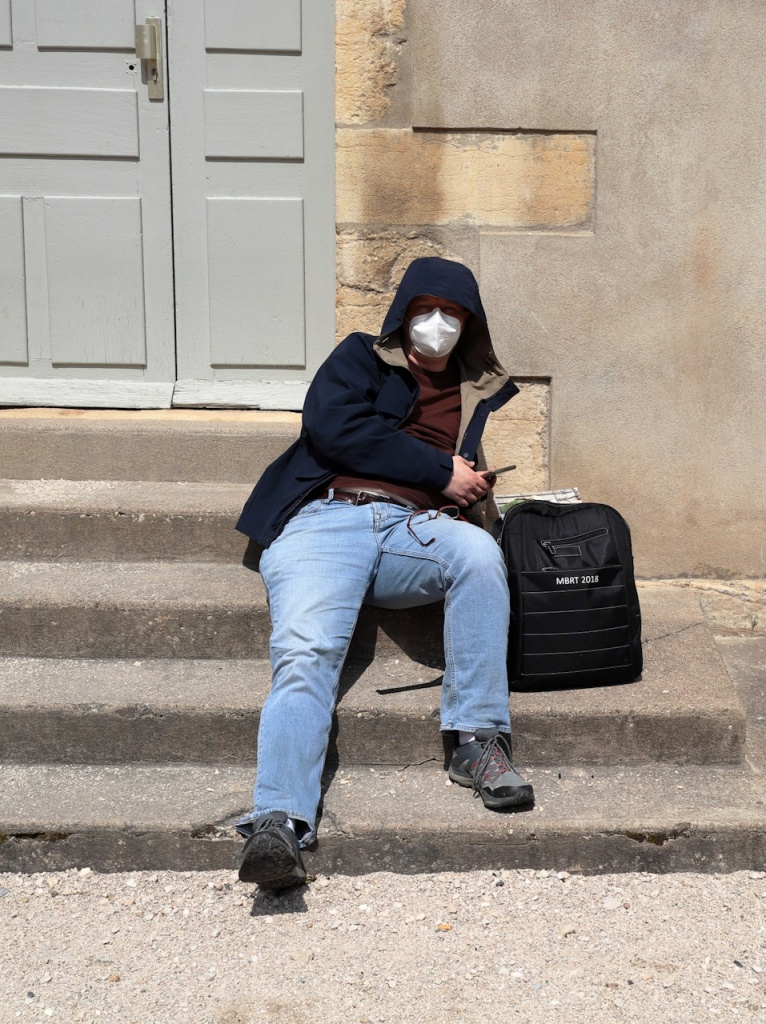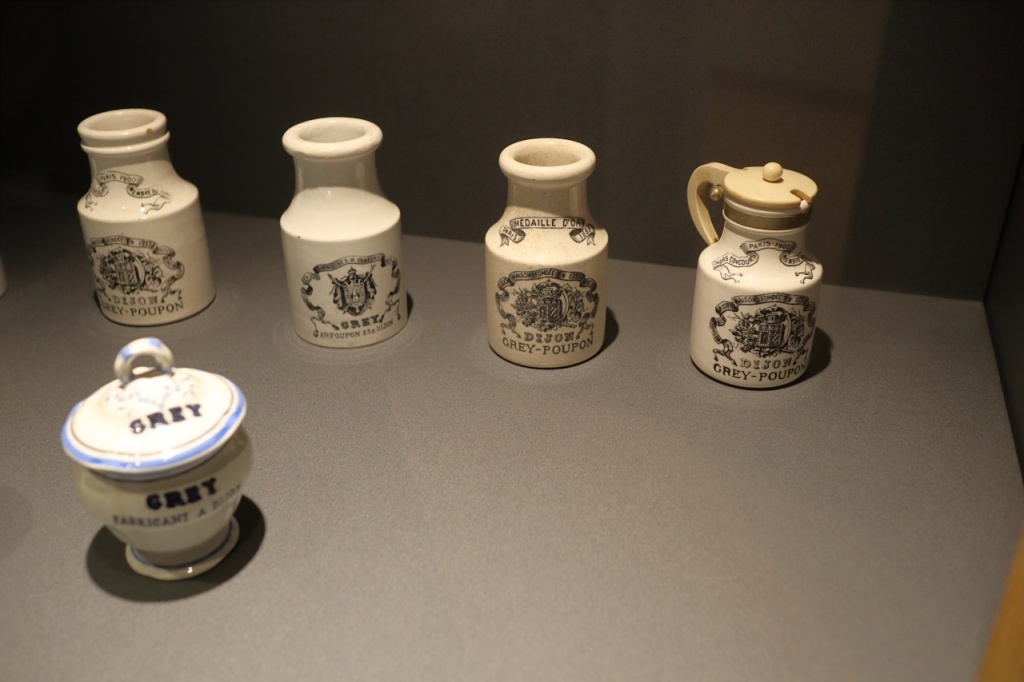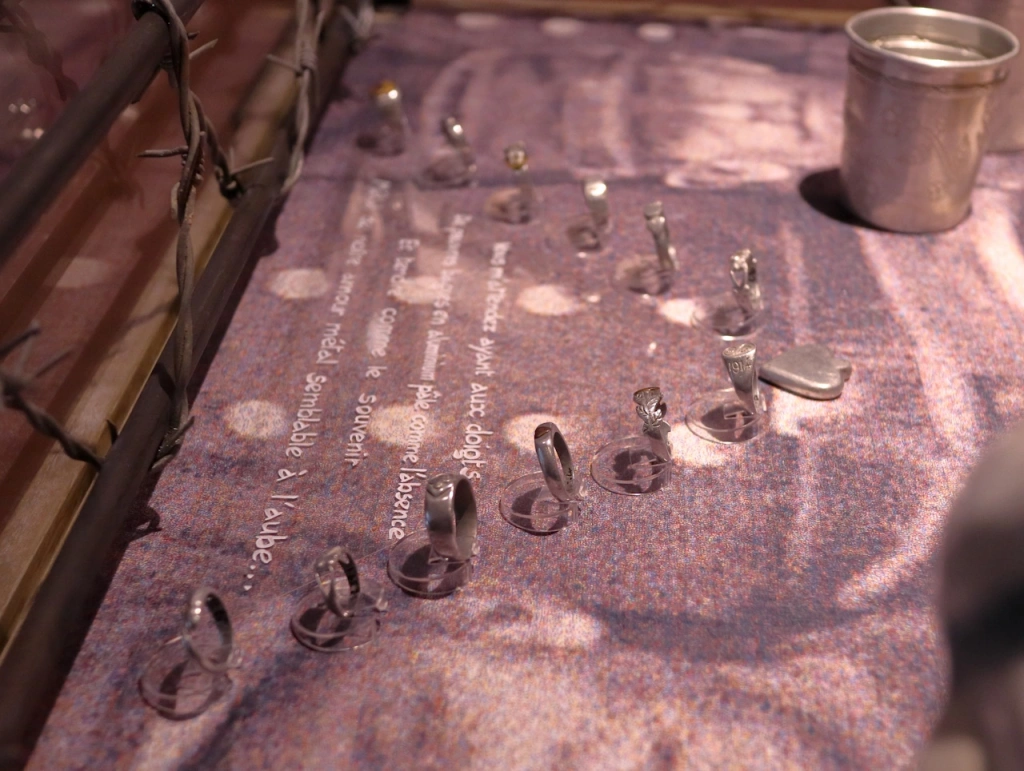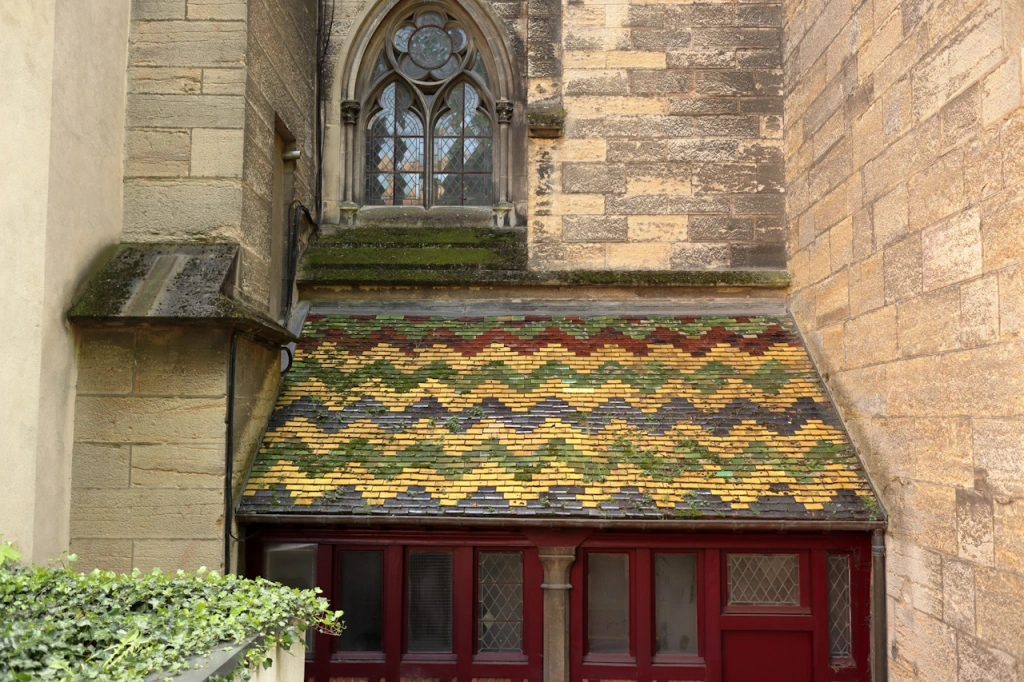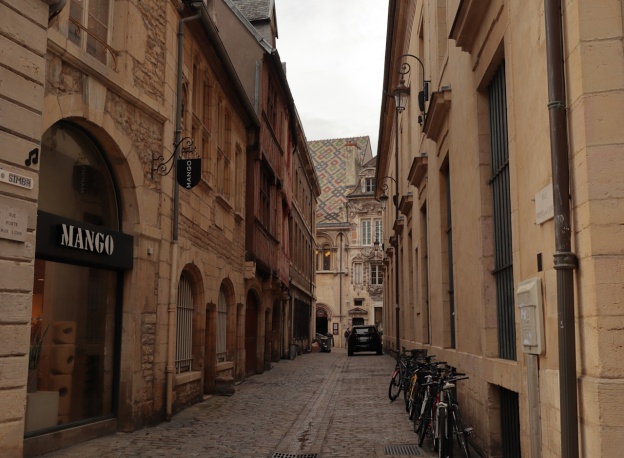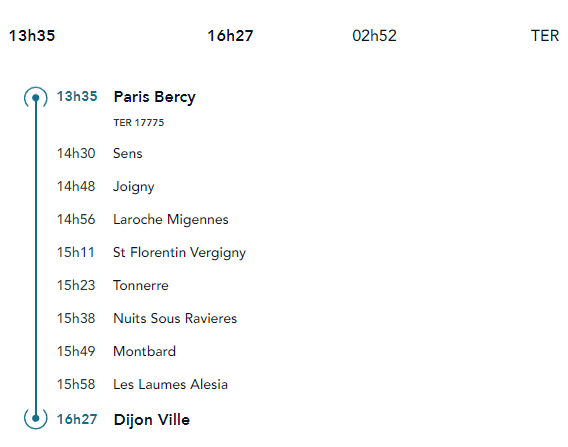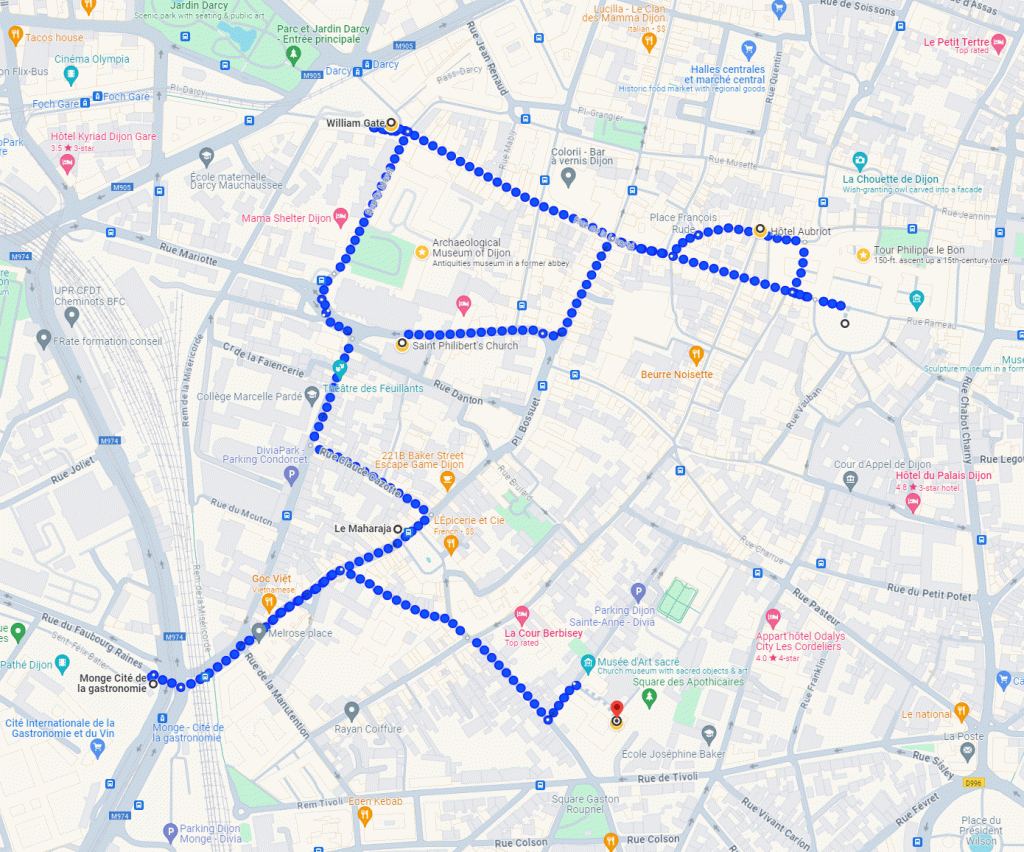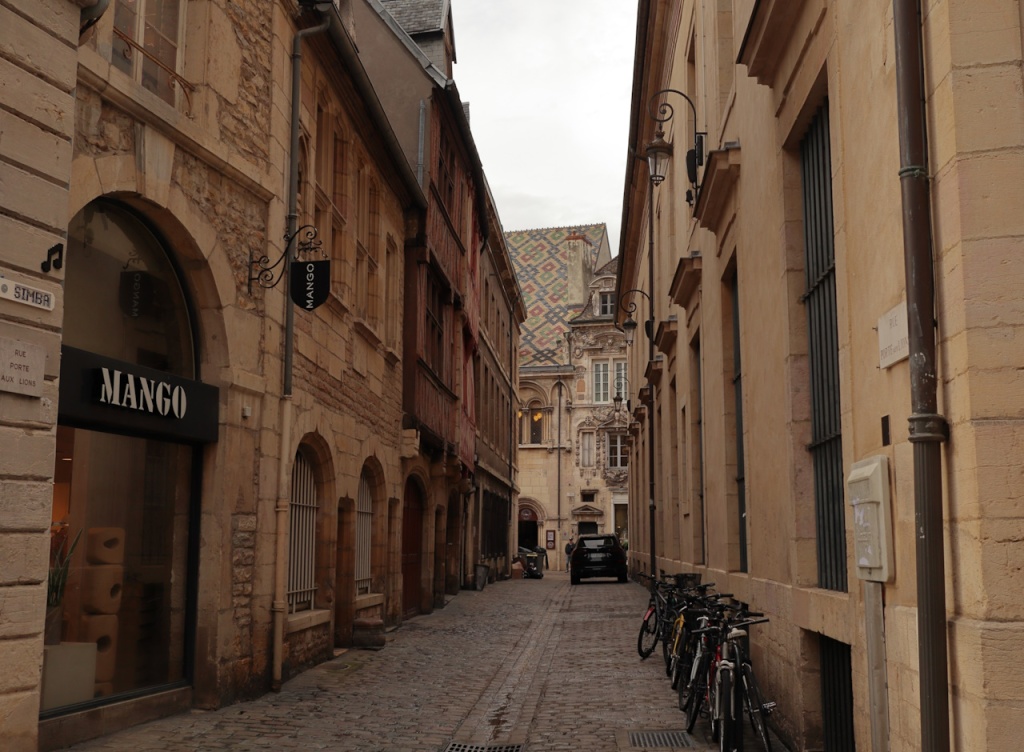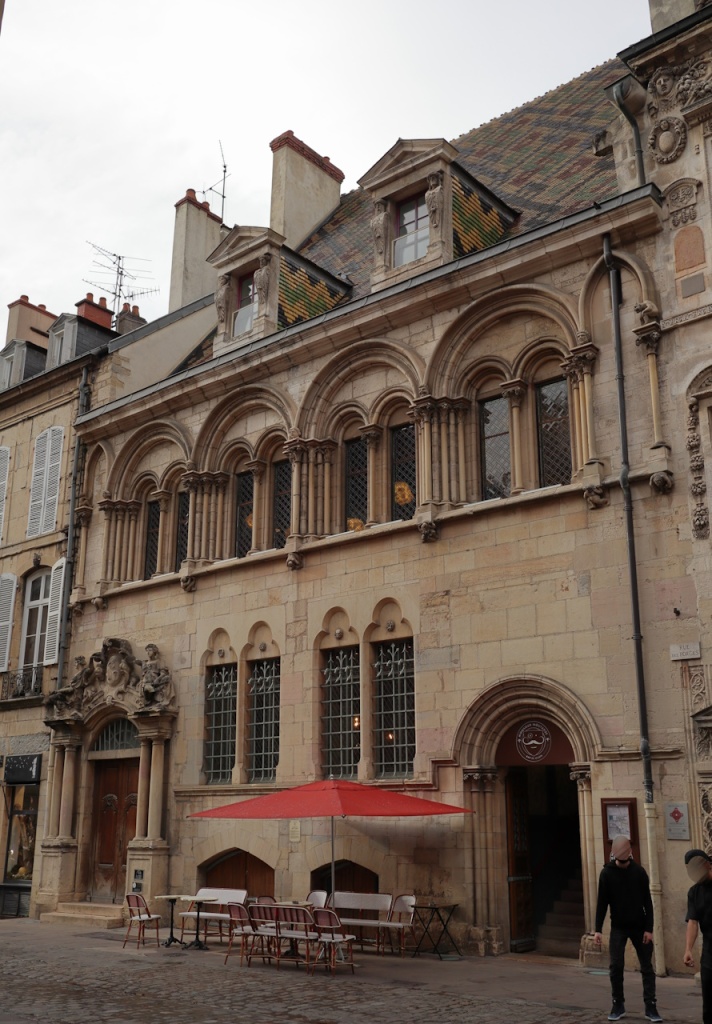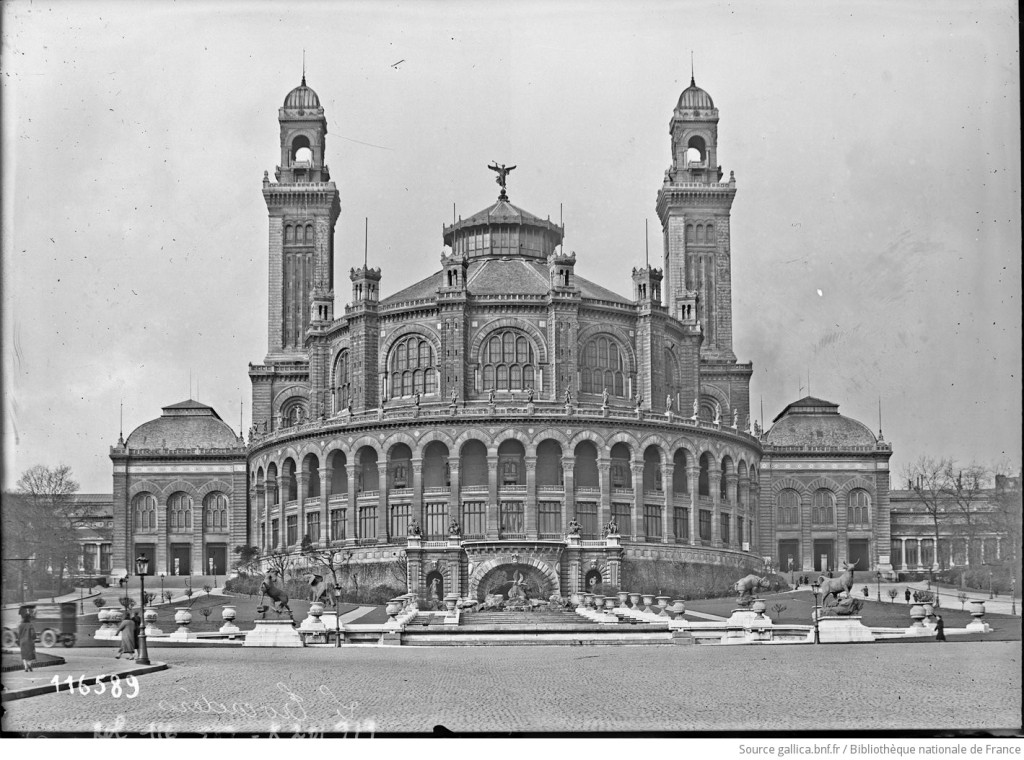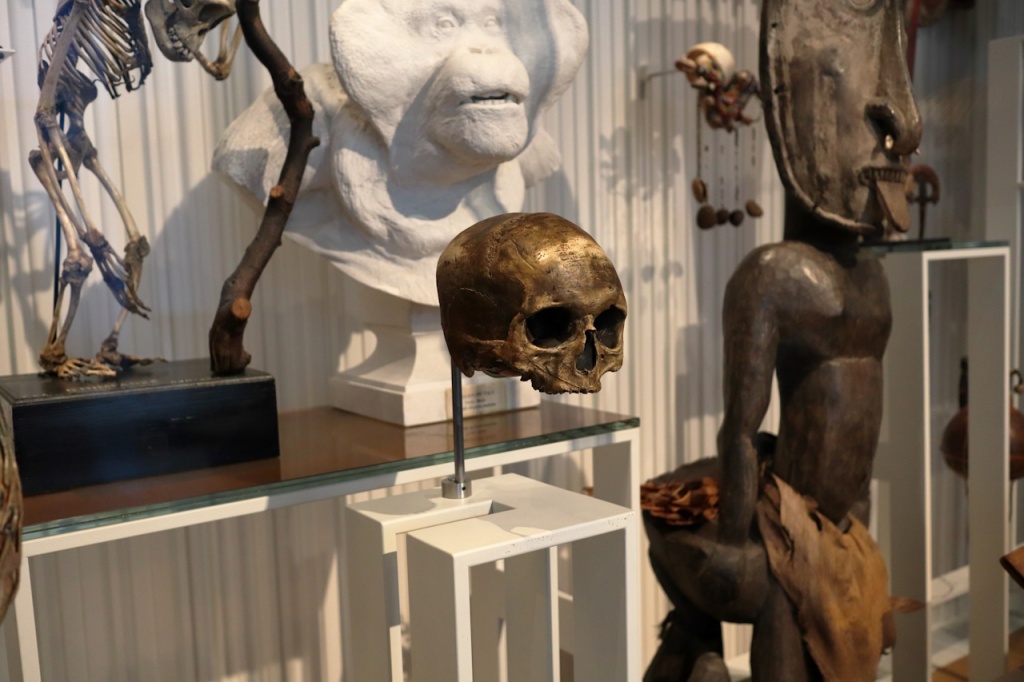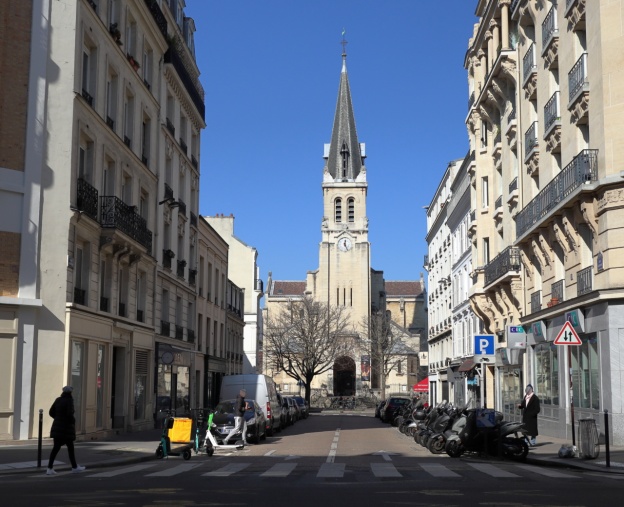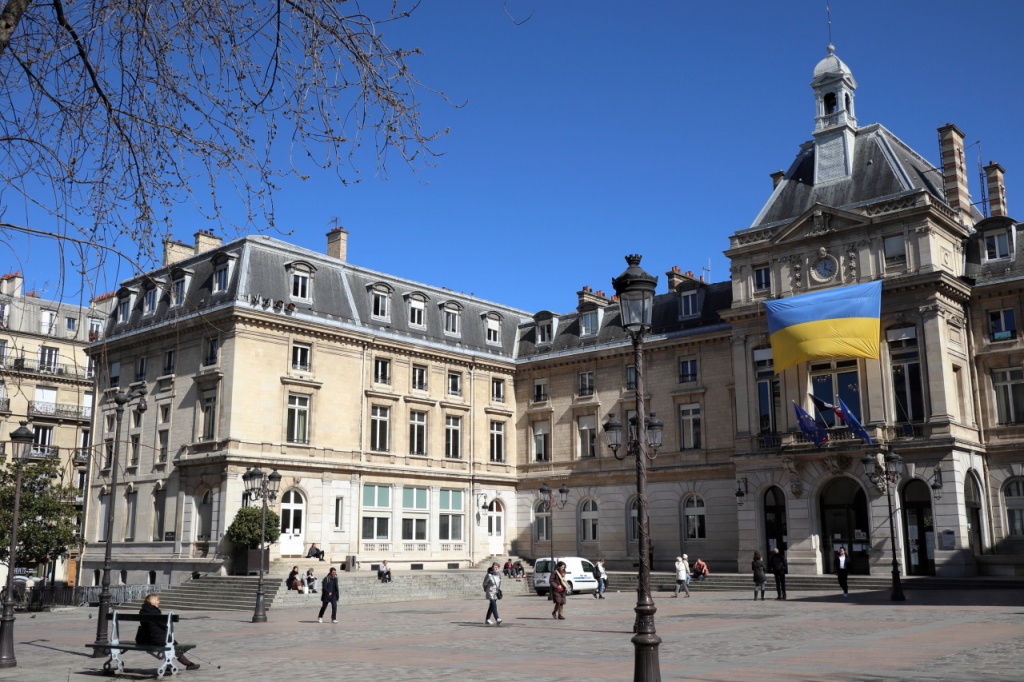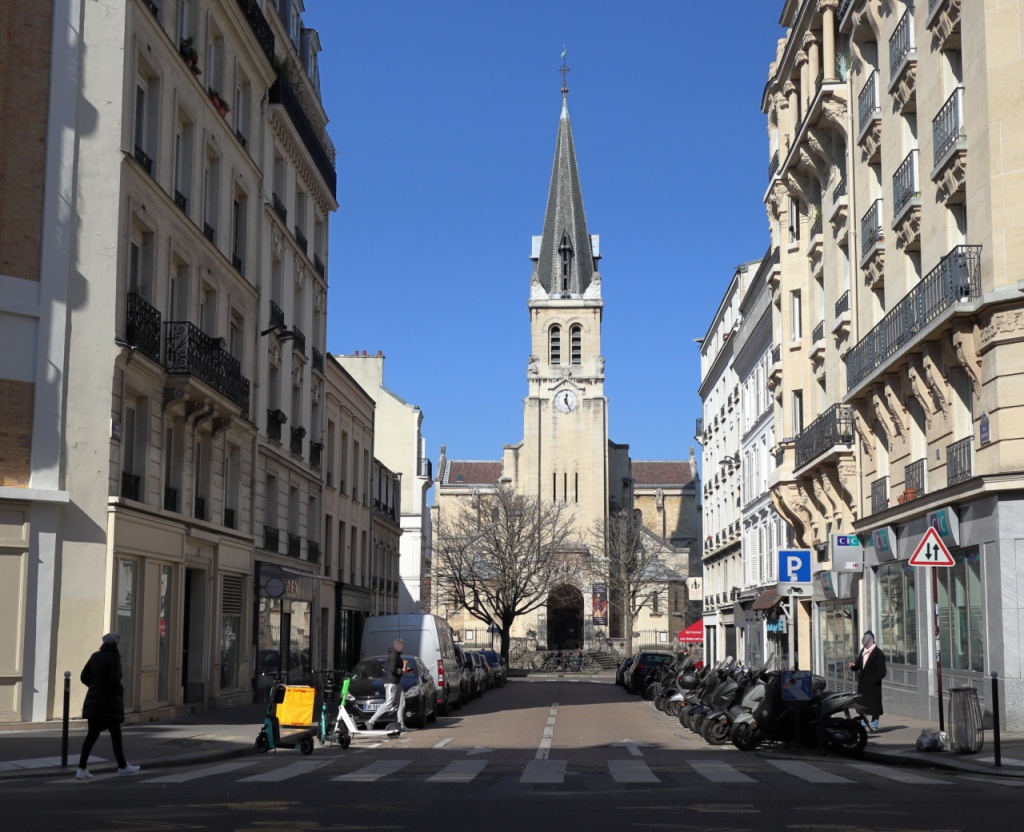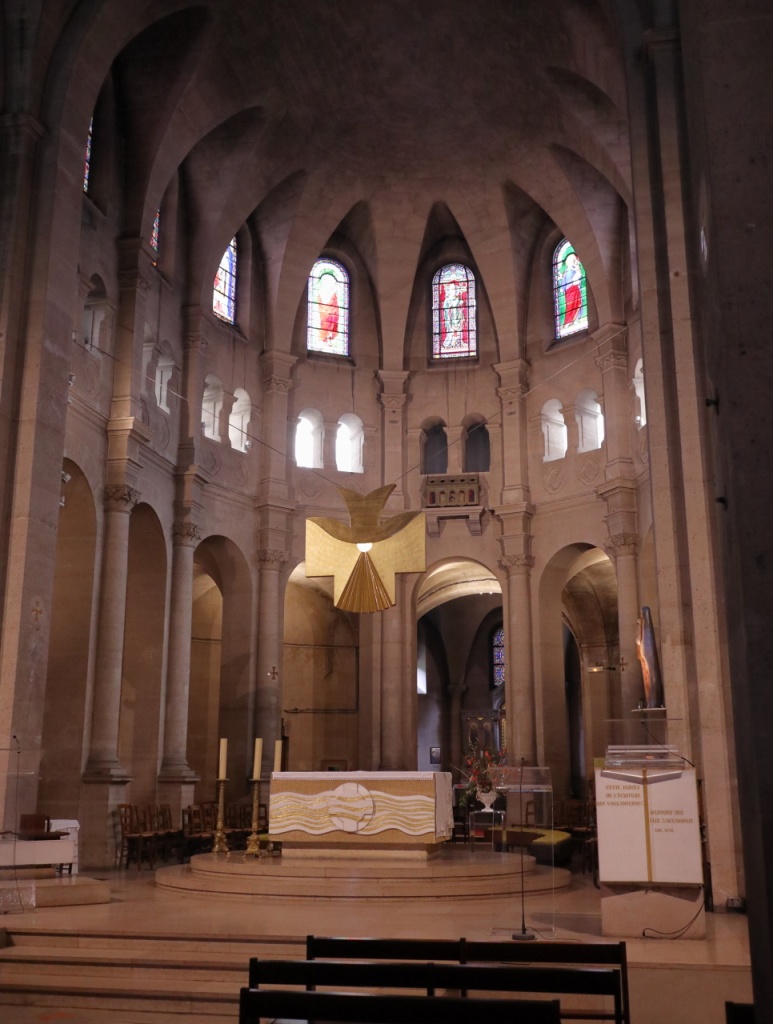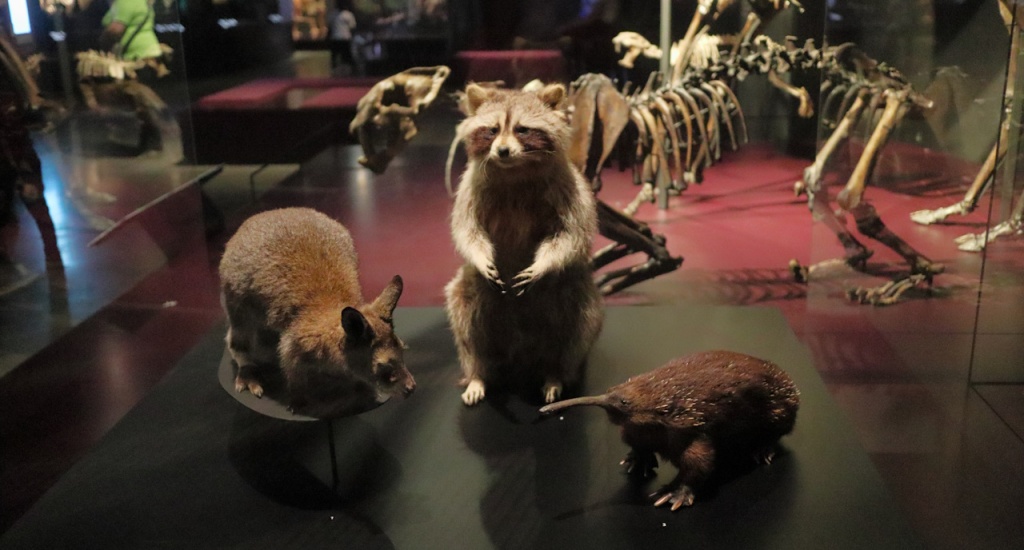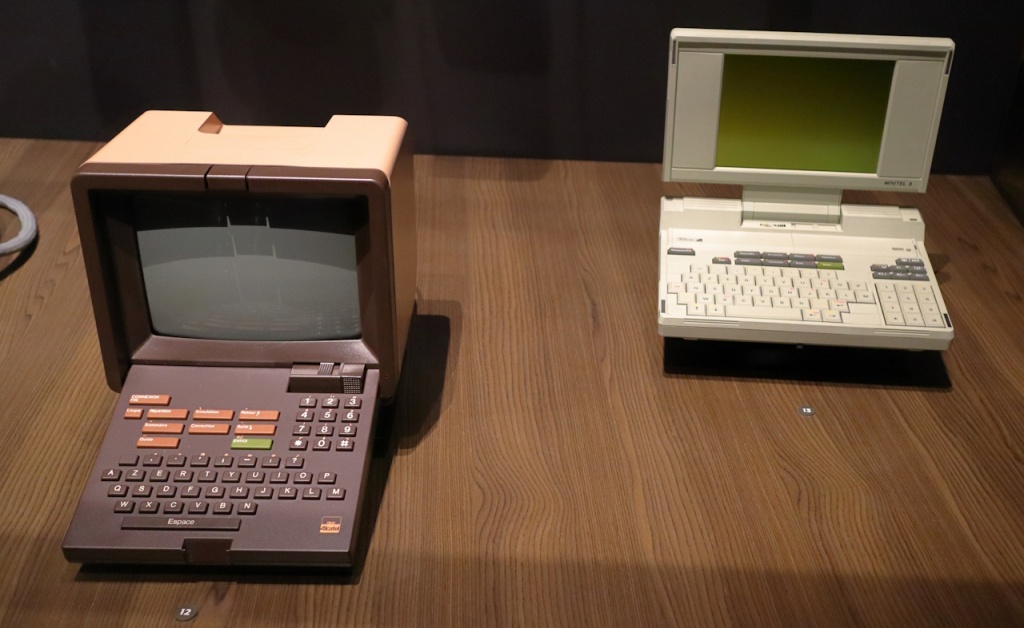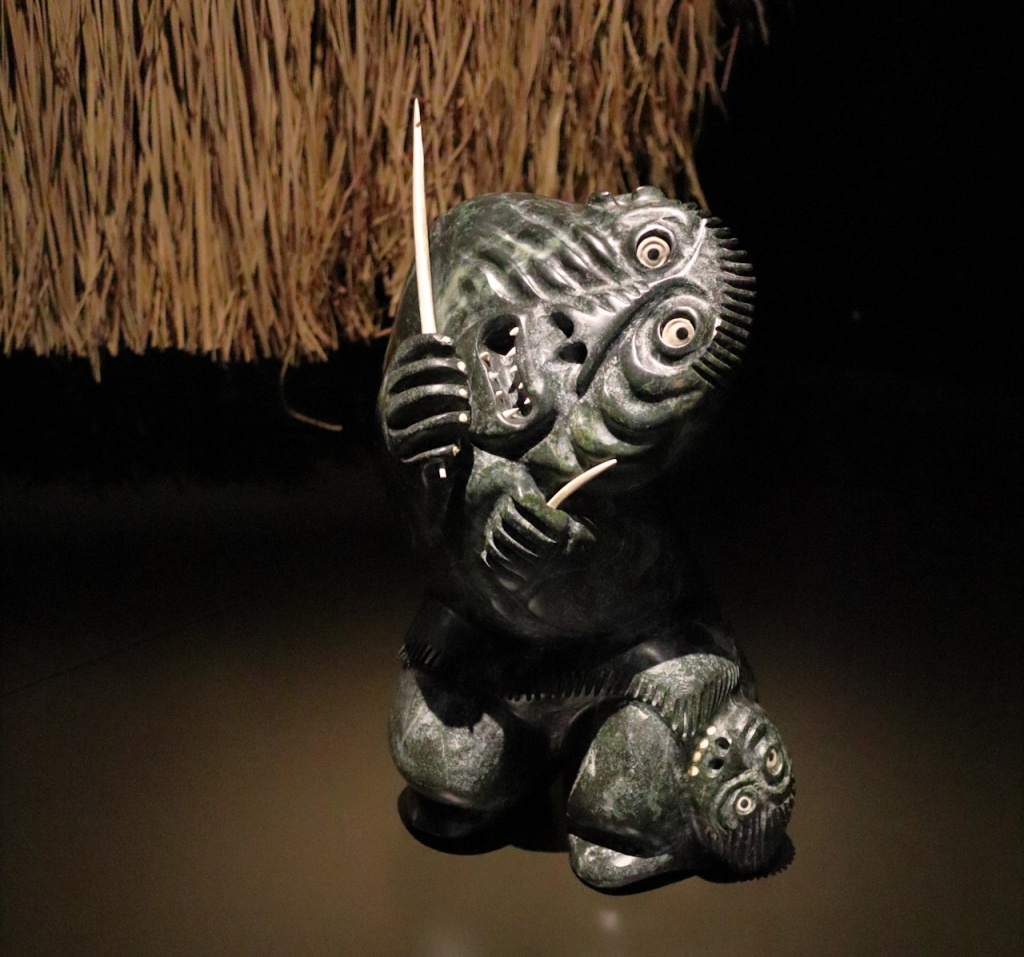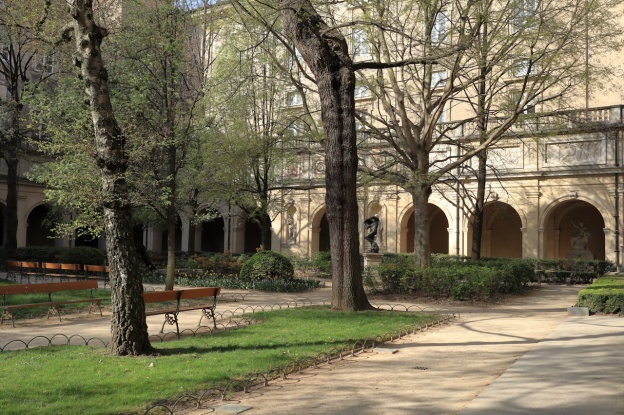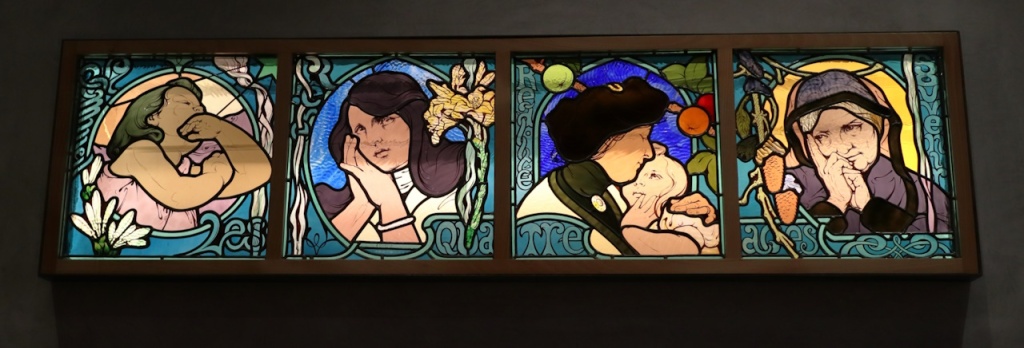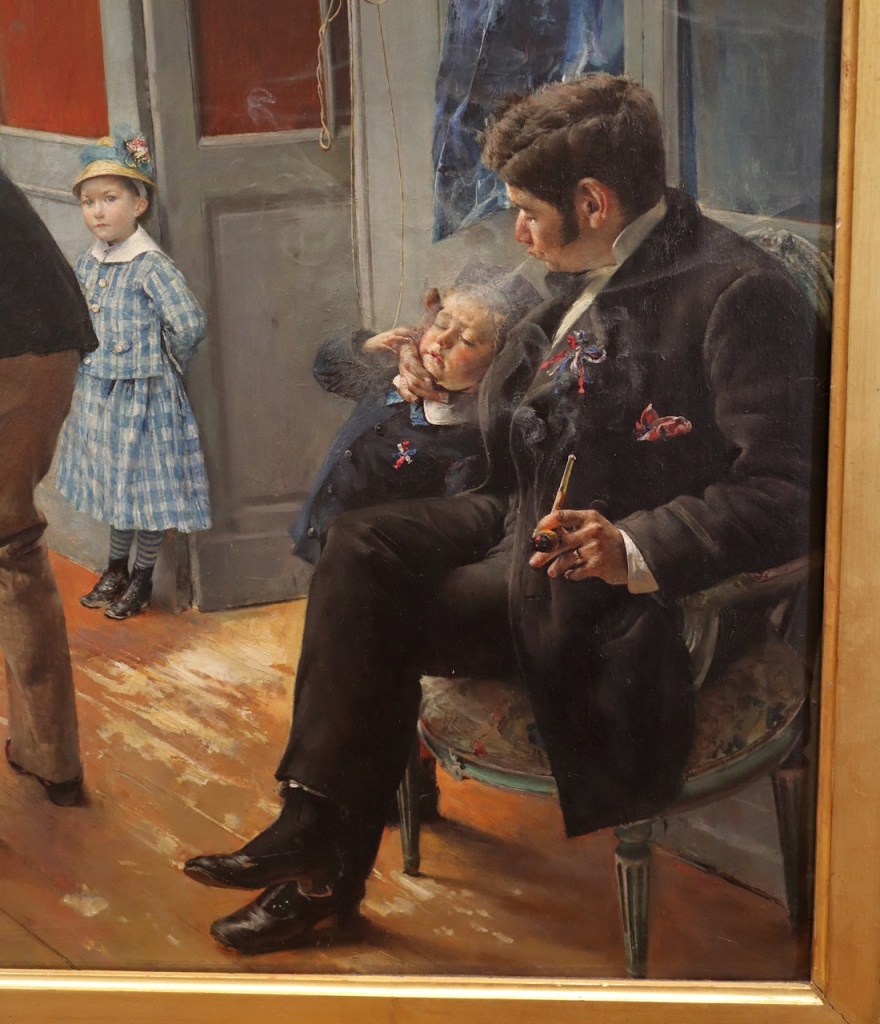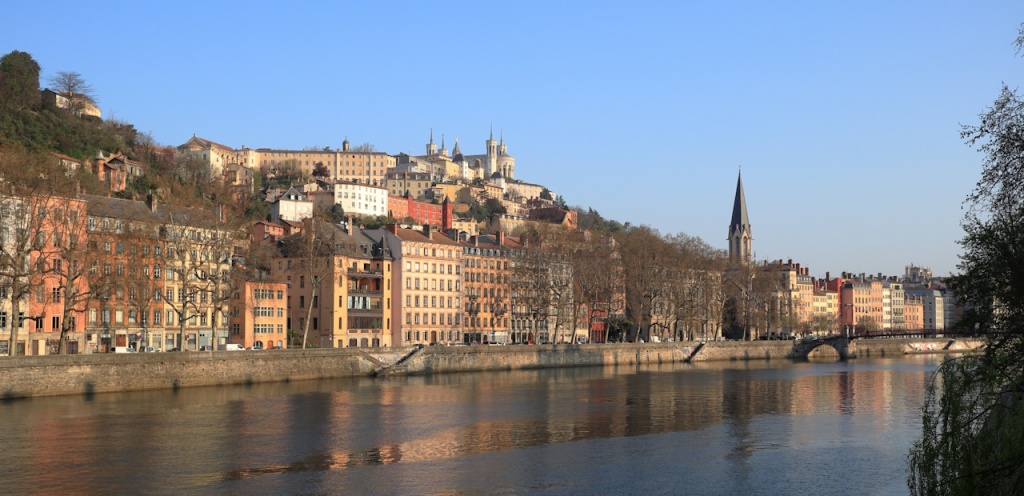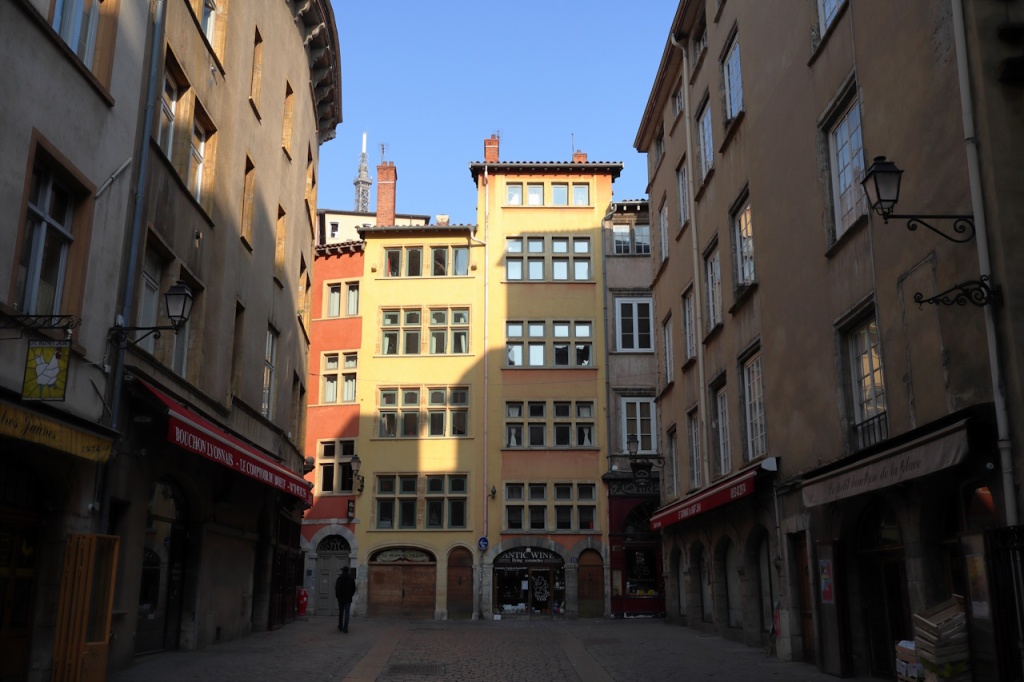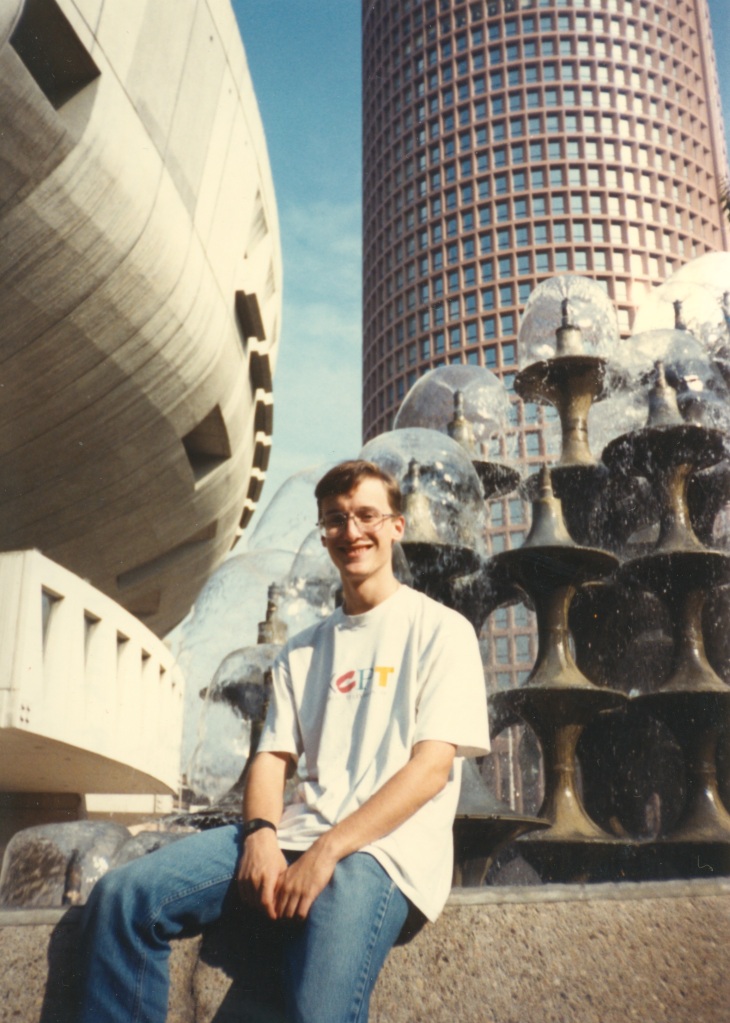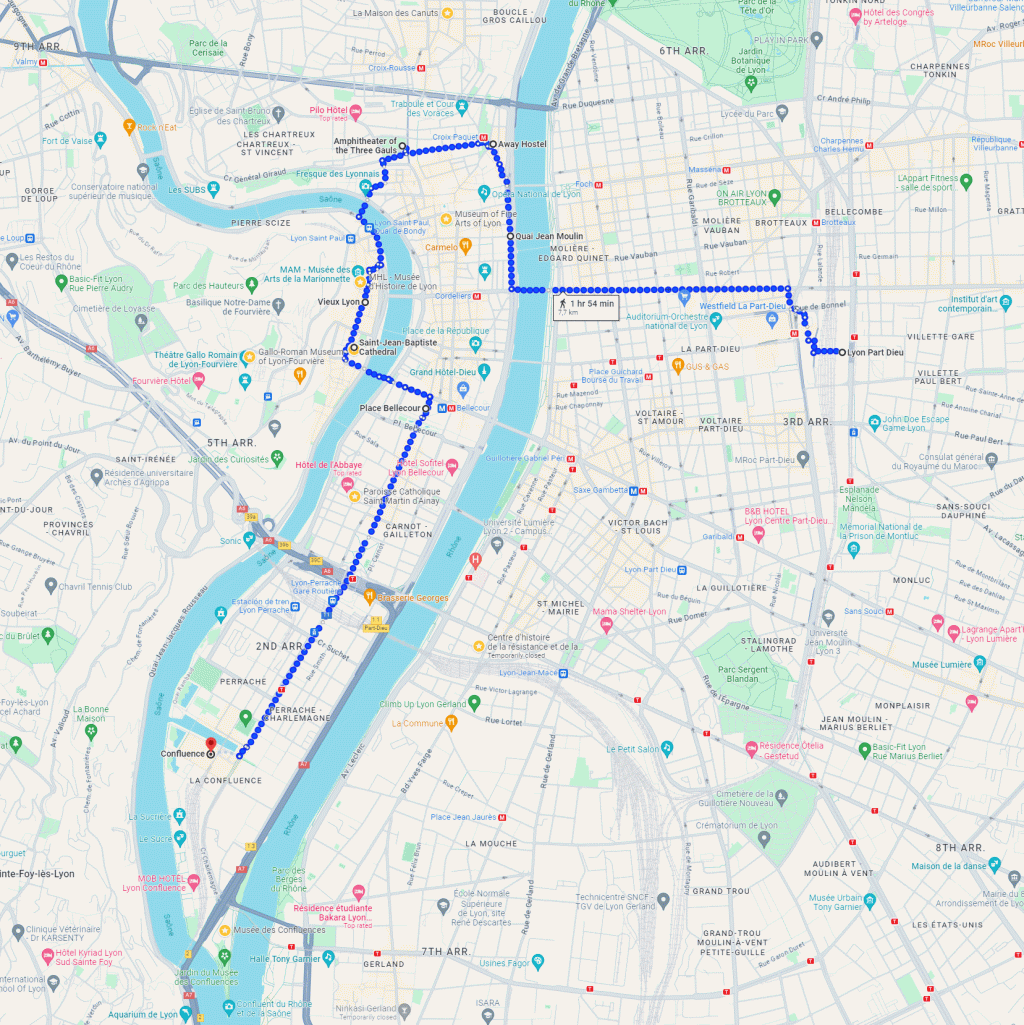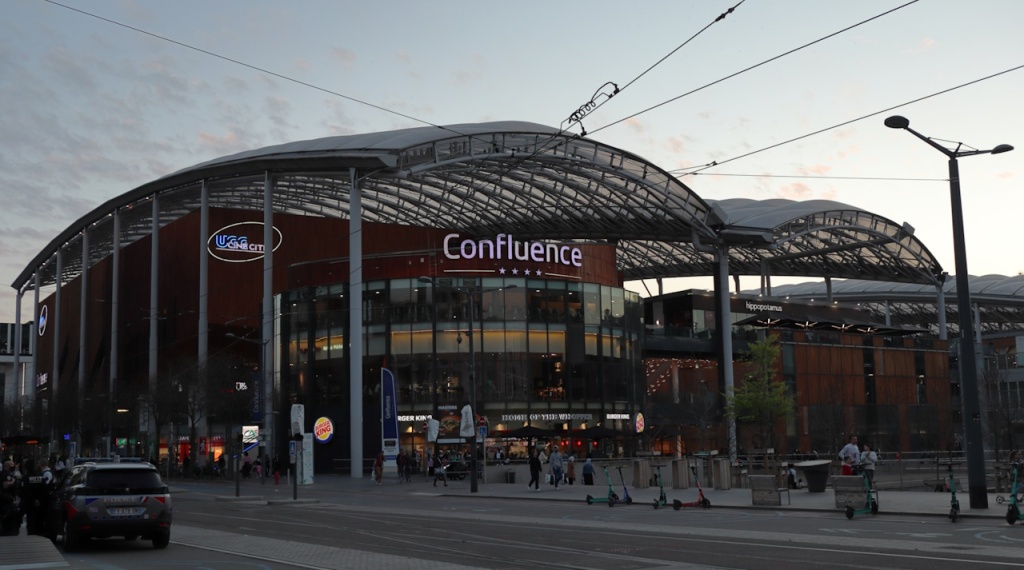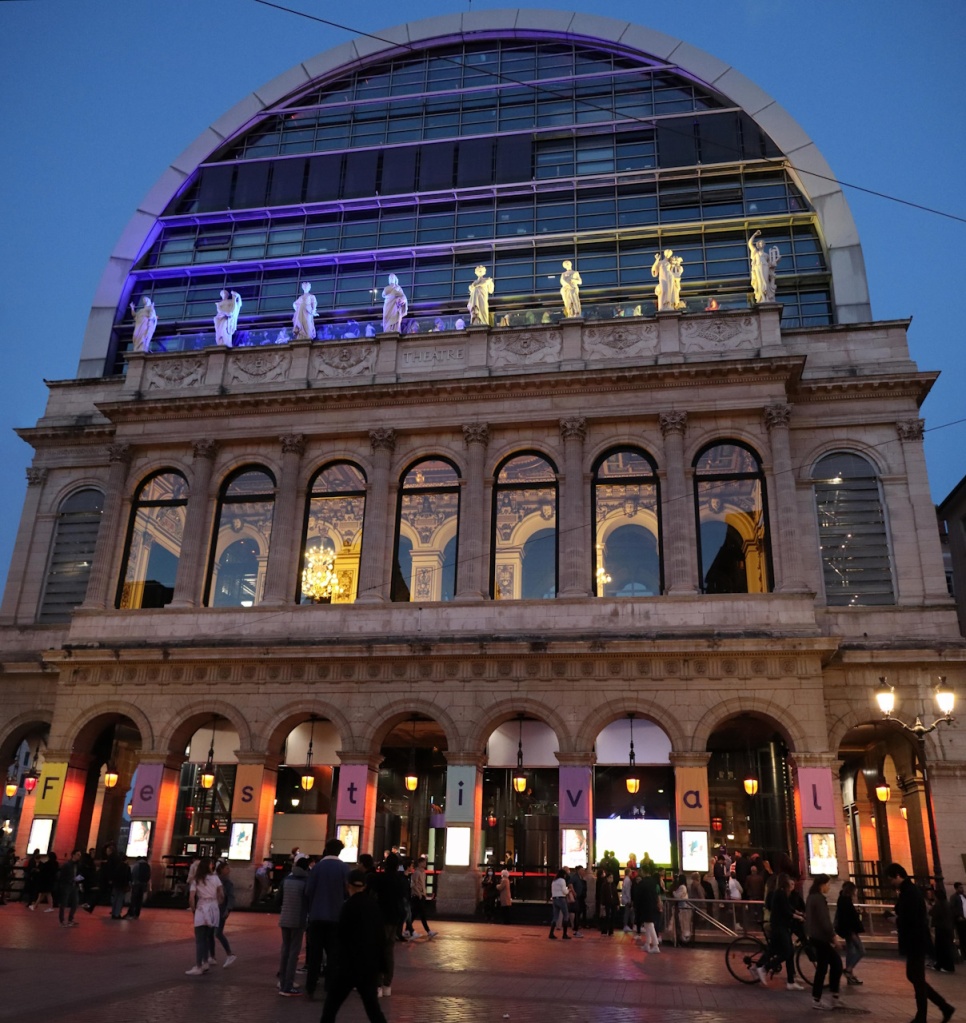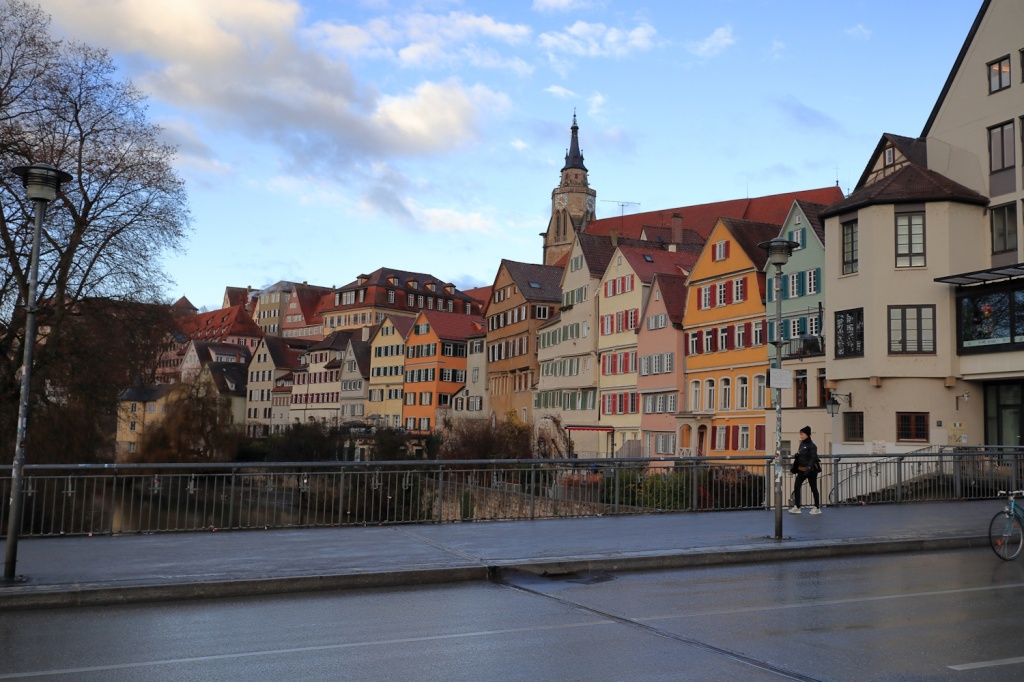May 1, 2022

On our last morning in Dijon, Natasha and I ate breakfast at our flat, cleaned the place, and dropped off the keys. It wouldn’t be nice to have all our baggage with us while we tried touring, but we figured we would make the best of it. I had requested a better look at the buildings for La Poste and the pagoda-roofed building contributed by architect Louis Perreau that nestled in the corner of Rue du Temple and Rue du Chateau. At one time, this intersection was dominated by the Castle of Dijon (we had seeen a model of the structure at the Museum of Archaeology), but real estate in the city faced too much pressure for that outmoded castle to keep its site. Instead we could gaze at two very different architectural beauties by the same architect. The little garden atop an underground parking structure was pretty, too!

We passed a couple of blocks to the east from there, and we found the Halles market arcade that replaced the Couvent de Jacobins church. We both really liked the iron tracery that decorates where the wall meets the roof. We would have enjoyed shopping there on Saturday, when it was open for business.
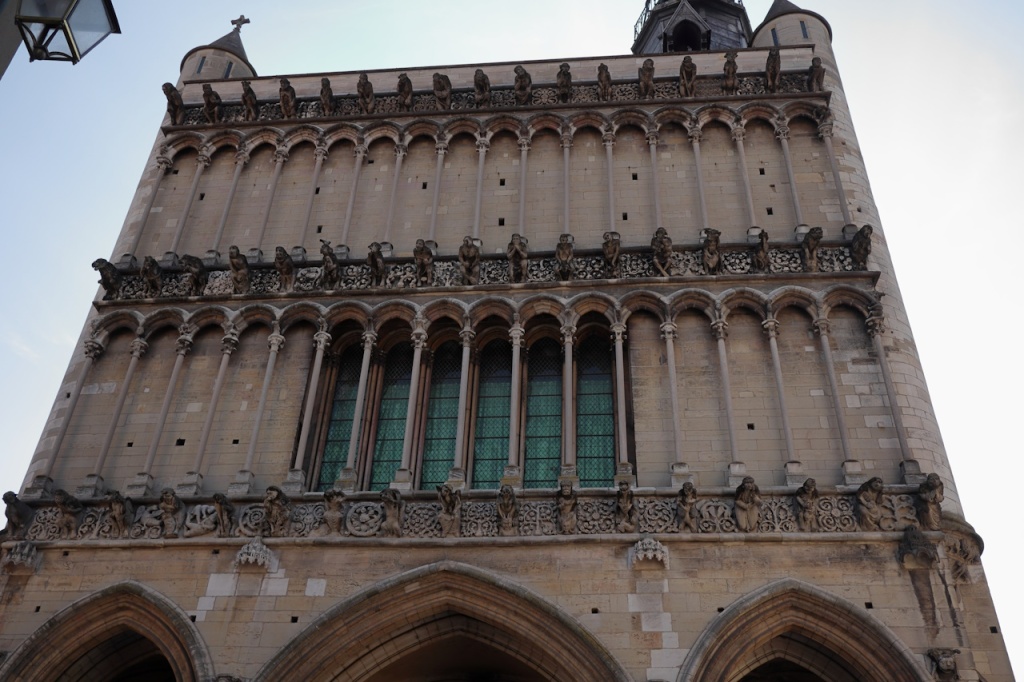
We climbed a street to Place Notre Dame to see its beautiful facade again. At this point, I started concentrating because we had two goals to accomplish in our morning. First, we needed to find some happy coffee for Natasha. Second, we were going to make a rapid tour of the Fine Arts Museum of Dijon. I had a date with a tapestry! Frustratingly, the Sunday morning coffee on offer was rather hard-to-find (Natasha says we had passed some back at the market, but I didn’t see it). We walked in the direction of the Museum, but our eyes sought an open cafe.
Within a couple of blocks, we found ourselves at the Musem of Fine Arts (the eastern part of the Palace of the Dukes). We didn’t see many people around us, and the entrance didn’t look open. We checked the museum schedule for their hours on Sundays, and it confirmed that it should be open, but then we realized that the holiday schedule specified closure on May 1st. The museum was closed for International Workers’ Day! I wilted a bit. I would not get to see the Siege of Dijon, after all.

I have to say that I mmmphed a bit, and Natasha was disappointed, too. Still, what could we do? We lingered in the Cour de Bar for a few minutes. I had been curious about the donjon tower in that court. It is easily the oldest part of the palace complex, constructed in 1365. The three-story tower was built by Duke Philip, and it became the “hearth of the ducal apartments.” It was later named the “Tour de Bar” because it was used as a prison for René of Anjou, the Duke of Bar, during the 1430s.

And then we set out in search of coffee once more. I pointed us toward the east along Rue Vaillant (not valiant). We had seen a large group of partiers occupying the Place du Theatre the night before, but all the tables and chairs had been stacked away. Acquiring a coffee didn’t seem possible there. We continued to Place Saint-Michel, a church with a really fabulous facade. I would have loved to have seen the inside, but church services were already in progress. We continued to Place Saint-Michel to its north, and we saw flowers, but no coffee. We did a pretty big loop behind the church but returned without the beans. Eventually we doubled back to the Place de la Liberation (in front of the Palace of the Dukes), and we saw that a few restaurants were starting to put some tables out. We knew that they were likely to charge premium prices for single shots of cofee, so we passed south along Rue Vauban (next to the Palais de Justice) and then west along Rue Admiral Roussin.

Delight! We found a cafe on this relatively quiet street that was setting up tables. We took up residence at one of them, and the manager came by to say that they weren’t open yet and had been fullly booked to some event. We shook our heads, and Natasha sadly admitted, “I don’t want coffee anymore.”
One of the perqs of buying a TER train ticket rather than a TGV train ticket is that you can take any TER train between the stations on your ticket; you don’t have to stick with the original timing of your ticket purchase. Given how quiet Dijon was going to be on this holiday, we decided to pick up some lunch materials at the Monoprix on Rue Bossuet and make our way to the train station. The church bells were a nice accompaniment as we passed Eglise Saint-Philibert and the Cathedral. We climbed the stairs to the train station from Rue Mariotte and walked down to the station.
Jardin botanique de l’Arquebuse

We learned that the next qualifying train would leave at 13:29, two hours before our previously scheduled departure. Natasha had another of her good ideas: “Instead of eating our lunch in the train station, let’s walk to the botanical gardens that are nearby!” We exited the train station onto Avenue Albert I and emerged into the Arquebuse Botanical Gardens (also home to the Museum of Natural History of Dijon). I didn’t go very far; we found a park bench in a shady area. A large statue of a warrior (Hercules?) choking a lion to death was the main sight, but the play of light through the leaves and the tinkle of the waters around us made it a pleasant place. We had all sorts of goodies with us that Natasha had found at Monoprix. It was beautiful.
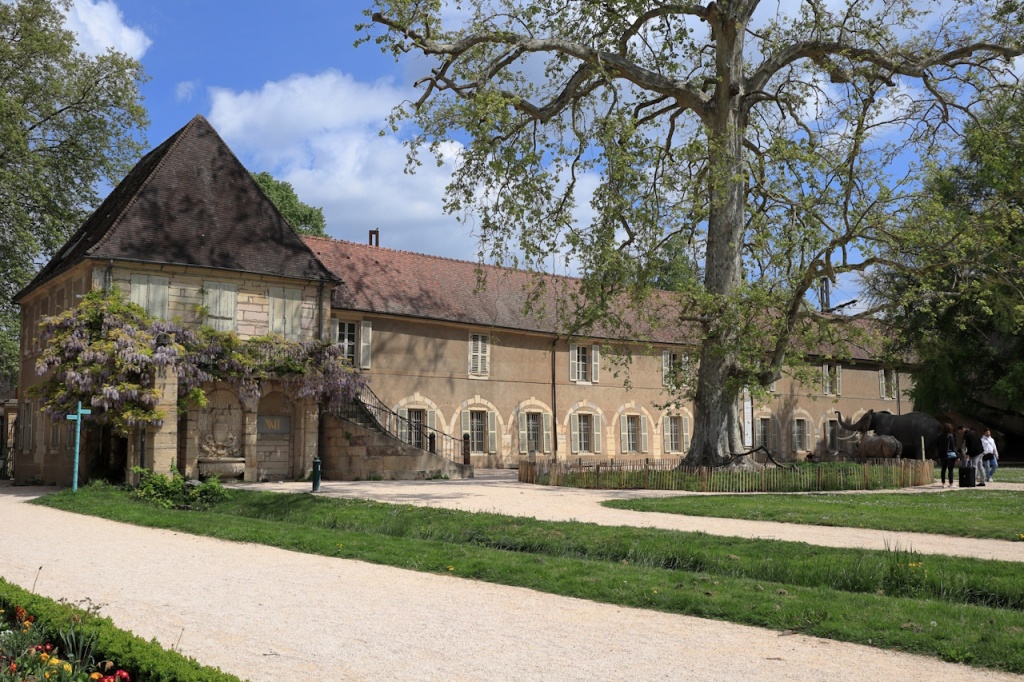
Since we had a couple hours for our lunch and garden visit, Natasha went wandering with the camera to shoot some lovely pictures of flowers. The rose garden wasn’t very floral (I am sure that will change in two months!), but there were plenty of beautiful plants to see. Around 12:45 PM, she returned, and we walked into the train station. We were some of the first onto the platform for the TER train. Happily, we got seats side-by-side, with a table in front of us in the train car. There were no delays this time, and before dinner time we were back in Paris. Our Dijon adventure was complete!
